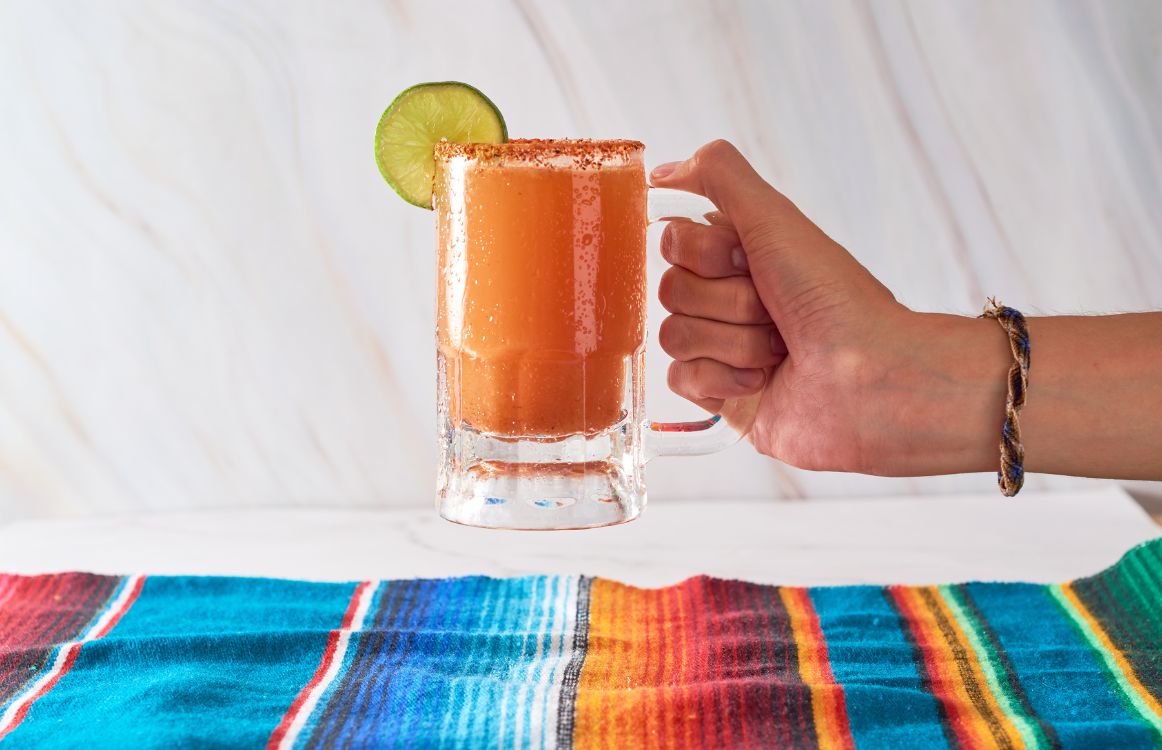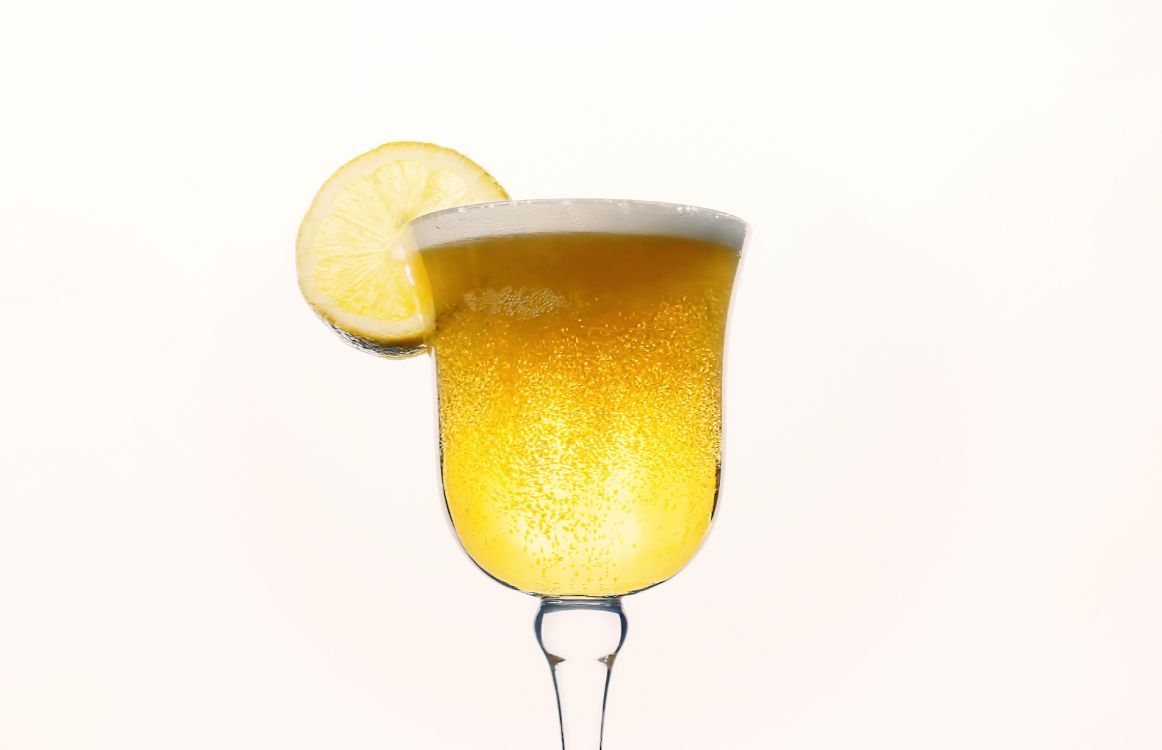What to Mix with Beer to Make It Taste Better
When we’re young and just starting to try various types of alcoholic beverages, we want everything to taste similar to what we already have a taste for. We mix in a little of this and a little of that to remind us of things we already like.
So, if you’re just starting out with beer and you find you don’t love it, you’re probably wondering what to mix with beer to make it taste better.

Don’t Mix Anything with Beer!
The truth is that the goal should be not to mix anything with beer. Your end goal should always be to acquire a taste for beer, not fill up on all the carbs and sugars delivered in beer and all the extras you might be adding, just to drink a beverage you don’t really like.
Interestingly, most luxury food and beverage items start out tasting harsh to those of us with watered down pallets.
Children who start their chocolate experiences with big brand name candy off the market shelves typically do not like dark chocolate.
Adults who grew up drinking grape juice and sodas often don’t like dark red wines.
And grown-ups who spent a lifetime eating highly processed junk food and bleached flour products don’t usually enjoy a nice pilsner or stout.
Which is why you will find young people drinking light beers, lagers, and even seltzers.
Lately, we have become a culture of mix-ins.
Young people want to mix in juices, sodas, and even hard liquor to try to upgrade their beer experience, and the reality is that the actual beer experience ends up being downgraded.
You’re not drinking beer anymore! You’re drinking yet another watered down version of beer.
The bottom line is if you have to mix something in with your beer to make it taste better, you’re either drinking bad beer or you have not acquired a taste for beer yet.
And beer deserves to be appreciated for what it is.
Acquiring a Taste for Beer
To acquire a taste and full appreciation for beer, you must take the process slowly.
Like wine drinkers who start with Moscato and Riesling in the white variety before moving up to Chardonnay, and with Malbec and Shiraz in the red variety before moving up to Pinot Noir and Merlot, beer drinkers must gradually move up the scale as well.
The process of brewing is both a simple and a complex process.
It begins with the choice of grain – barley, oats, wheat – and then moves into toasting or not toasting the grain, the addition of hops and how much hops, and then any other adjuncts to highlight the natural flavors brought out by the yeast.
For new beer drinkers, it is a good idea to start out with lighter colored beers that are more mellow in flavor.
A nice white ale or wheat beer / witbier is a good place to start. These beers are unfiltered, top fermented beers made with a large percentage of wheat that has usually not been germinated or toasted.
It is the purest, most basic form of beer you can enjoy. The flavors will be crisp, citrusy, and fresh. You will feel light after drinking it, rather than loaded down by heavy grains and extra sugars.
Another beer to try as a beginner learning to love beer is a lager. The range of lagers is wide and amazing and includes beers like Landshark Lager and Abita Purple Haze, which has fruit added after filtration, so the brewery does the mixing for you.
Once you’ve learned to love lager, you can move into pilsner territory. Pilsners are also lagered beers, meaning they ferment using lager yeast, Saccharomyces pastorianus, and they are fermented for longer and colder temperatures than ales, but pilsners are more hop forward.
Experimenting with pilsners once you move on from more straightforward lagers will help you learn to love hops, which make the beer a bit more bitter. You can experiment with more and less hops in your beer by checking the IBU rating on each new pilsner you try.
From there, you can venture into IPA and stout territory, where the beer gets heavier, richer, and even higher in alcohol content.
If You Must Mix

The exception to not mixing anything in with your beer comes in a few forms.
First, white ales and witbiers are typically accented with a slice of fruit. Hefeweizen often comes with a slice of lemon on the rim of the glass and a beer like Shock Top will come with a slice of orange.
Mexican beers are almost always served with lime juice either in the glass or a lime on the rim and a fully salted rim.
Far from “mix-ins,” these additions to the beer highlight the beer’s natural citrus flavorings and make the experience more enjoyable.
So, if you must mix something into your beer, you can find a beer meant to be accented with a slice of citrus and perhaps a bit of salt.
Last Options
As a last option, if you happen to be with friends, and there is only one kind of beer being served, let’s say it is a heavy IPA, you can always add a bit of club soda to water down the strong flavors while also maintaining the carbonation.
Young people insistent on making mixed drinks out of beer will also enjoy pouring some lemonade or orange juice in the bottom of a glass before adding a lager or a witbier, or tomato juice to a pilsner or amber ale the morning after a rough night. It’s a kind of beer bloody Mary.
In the end, it is up to each individual to decide whether they are simply trying to mask bad beer, in which case, just get better beer, or acquire a taste for beer, in which case, take your time and start light.
Cheers!
Are you still pitching fresh yeast every time? By reusing your yeast, you can save up to hundreds of thousands of dollars per year on just yeast alone!
Join the hundreds of brewers from all around the world using the Smartest Automated Yeast Cell Counter! Request a Free Demo Account today and experience firsthand how Oculyze can take your brewery to the next level!
Sources:
Stay on top on important fermentation insights – subscribe to our monthly newsletter and receive a hand-picked selection of our most relevant articles straight to your inbox.
Never miss a beat and get real time updates with a new article each workday by subscribing our social media channels.
Instagram | Facebook | Twitter | YouTube


